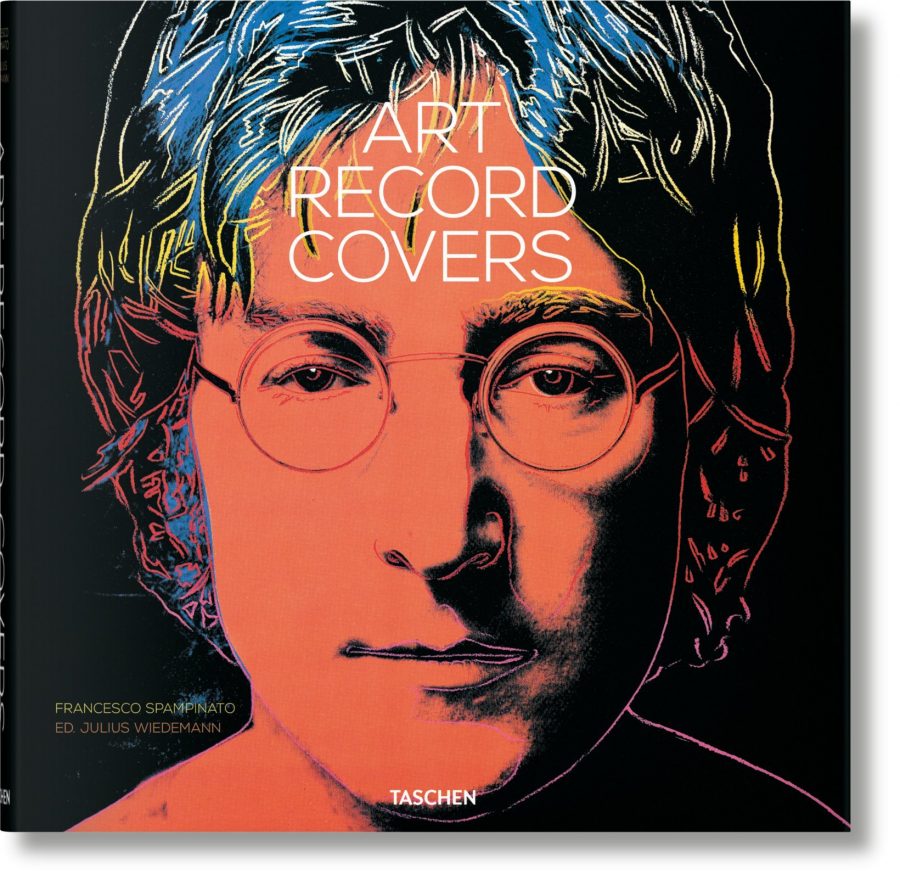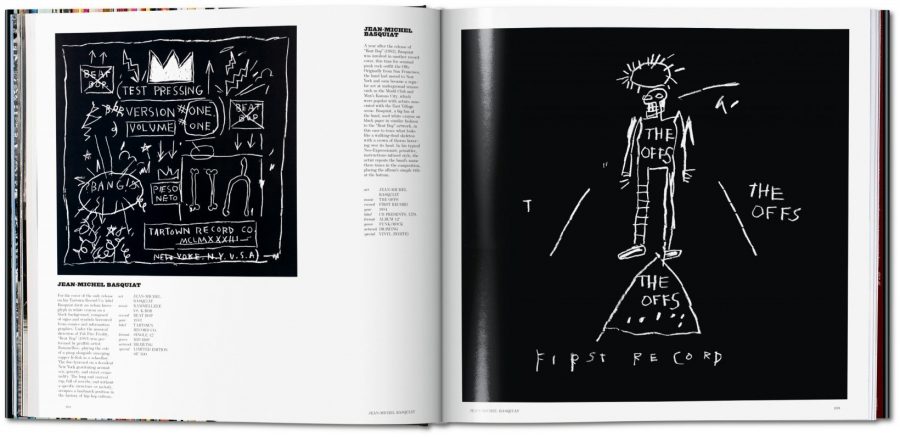There was a time when a ballet could start a riot — specifically, the night of May 29th, 1913. The place was Paris’ Théâtre des Champs-Élysées, and the ballet was The Rite of Spring, composed by Igor Stravinsky for the Ballets Ruses company. Popular history has remembered this debut performance as too bold, too daring, too avant-garde for its genteel audience to handle — and so, with the bourgeois duly épaté, we can freely appreciate Stravinsky’s radical work from our position of 21st-century sophistication. But whether The Rite of Spring incited a riot, a “near-riot” (as some source describe it), or merely a wave of dissatisfaction, what aspects of its art were responsible?
May 29th, 1913 at the Théâtre des Champs-Élysées comes alive again in the animated TED-Ed lesson above, which examines all the ways The Rite of Spring broke violently with the ballet form as it had established itself in the 19th century. Lesson creator Iseult Gillespie (previously featured here on Open Culture for her explanatory work on everything from Shakespeare and Guernica to Frida Kahlo and Haruki Murakami) writes of its “harsh music, jerky dancing, and uncanny staging,” all in service of a highly un-genteel Pagan premise that “set audiences on edge and shattered the conventions of classical music.”
Among Stravinsky’s musical provocations — or rather, “formal experiments,” — Gillespie names “syncopation, or irregular rhythm,” “atonality, or the lack of a single key,” and “the presence of multiple time signatures,” as well as the inclusion of aspects of the Russian folk music that was Stravinsky’s cultural inheritance. Along with the music, already startling enough, came visual design by Nicholas Roerich, a painter-philosopher “obsessed with prehistoric times” and professionally concerned with human sacrifice and ancient tomb excavation.
Wearing Roerich’s awkwardly-hanging peasant garments in front of his “vivid backdrops of primeval nature full of jagged rocks, looming trees, and nightmarish colors,” the ballet’s dancers performed steps by Vaslav Nijinsky, whose sense of rigor brought him to create dances “to rethink the roots of movement itself.” His choreography “contorted traditional ballet, to both the awe and horror of his audience” — but then, that possibly overdetermined awe and horror could have arisen from several number of artistic sources at once. The Rite of Spring’s tension and urgency still today reflects the historical moment of its composition, “the cusp of both the first world war and the Russian revolution,” and we could also take the early reaction to its innovations as a reflection of its creators’ genius — or perhaps those first viewers, as Stravinsky himself put it, were simply “naïve and stupid people.”
Related Content:
Hear The Rite of Spring Conducted by Igor Stravinsky Himself: A Vintage Recording from 1929
Hear 46 Versions of Stravinsky’s Rite of Spring in 3 Minutes: A Classic Mashup
Stravinsky’s The Rite of Spring, Visualized in a Computer Animation
The Night When Charlie Parker Played for Igor Stravinsky (1951)
Based in Seoul, Colin Marshall writes and broadcasts on cities, language, and culture. His projects include the book The Stateless City: a Walk through 21st-Century Los Angeles and the video series The City in Cinema. Follow him on Twitter at @colinmarshall or on Facebook.









